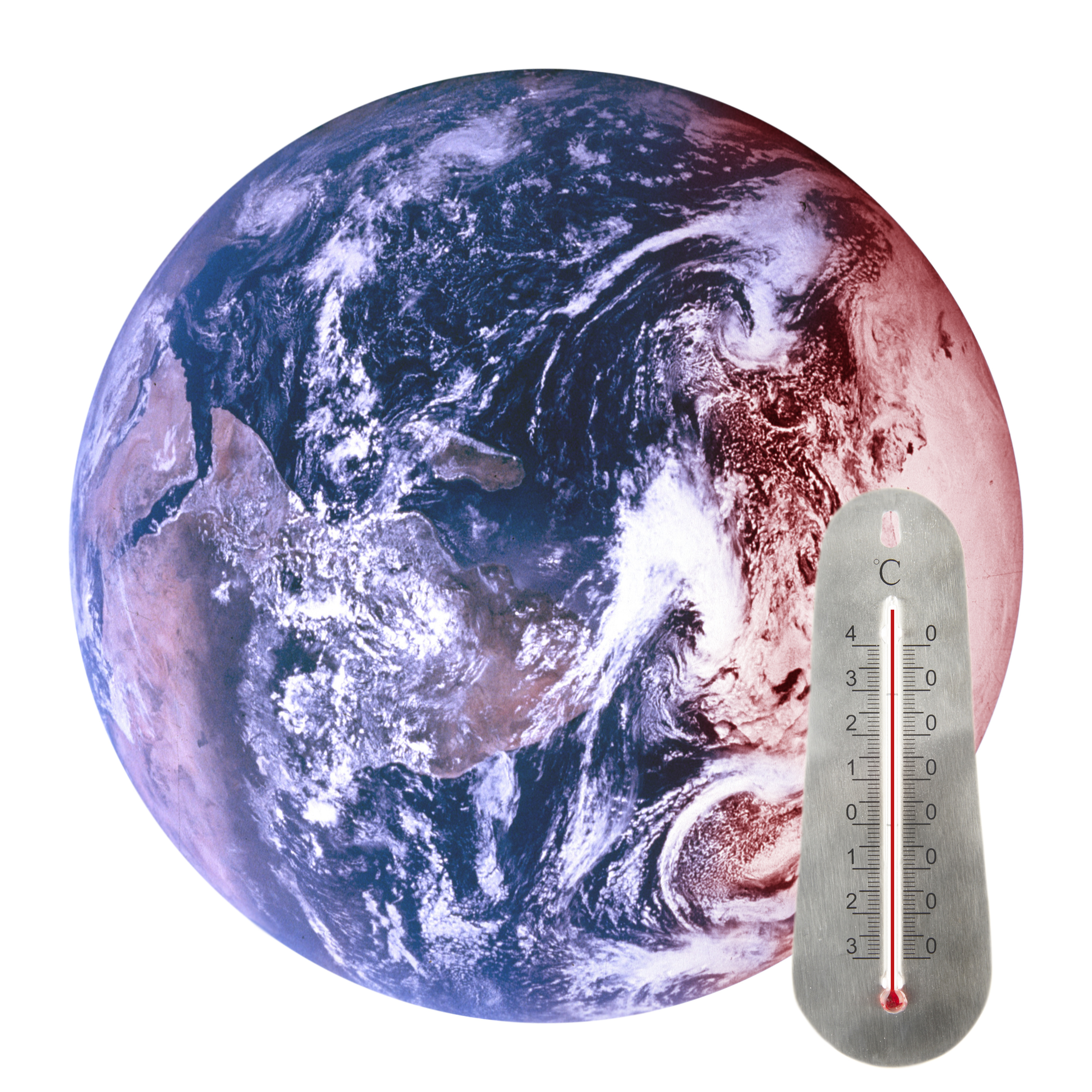The period between the start of 1997 and the end of 2014 is known as the global warming pause, and also sometimes referred to as the global warming hi
The period between the start of 1997 and the end of 2014 is known as the global warming pause, and also sometimes referred to as the global warming hiatus. In these 18 years, global average temperatures remained unchanged, and the increase in global temperatures that disturbed the climate activists in the 90’s had decreased so much that the trend was not statistically significant anymore.

Then in the spring of 2015, El Niño developed – a warm ocean phase in the equatorial Pacific that increased global temperatures by 0.5°C and caused 2015 and 2016 to be the warmest years in the modern, warm period.
The El Niño spike induced claims that the warming pause if it even existed, was definitively over.
Dr. Phil Williamson, a scientist from the University of East Anglia, claimed in a newspaper article that the so called pause ‘ended’ when there was an unexpected increase in global temperatures in 2015 and 2016. Climate campaigners put a lot of emphasis on these record-breaking years blaming it on climate change although they are a result of El Niño which is a short-term reoccurring ocean phase.
This sudden increase in global temperatures was far too rapid to be a consequence of a long – term global warming. Also since the peak of temperatures last year they have declined by 0.4°C – almost to the level before El Niño.
World’s media are ignoring research papers that showed that global temperatures had slowed or stalled. A lot of climate campaigners suggest that oceans must have absorbed the “”missing heat”” – although this evidence is not as coherent as they claim. Most data on ocean temperatures comes from the “”Argo”” system of buoys. Though global ocean temperatures have, indeed, slightly increased the temperature of the oceans in the northern hemisphere and most of the southern hemisphere has remained unchanged. The increase in temperature is noted in only one region in the South Pacific.
This pause leads us to a conclusion, not that the greenhouse effect is nonexistent, but that computer models which anticipated acceleration in global warming are inaccurate having also failed to predict the hiatus in temperature increases which is present since 2000. Despite the recent spike caused by El Niño temperatures may yet rise in long-term. If the 1997-2014 pause resumes or the growth in temperature slows down, it will question many fundamental assumptions of climate science.




COMMENTS